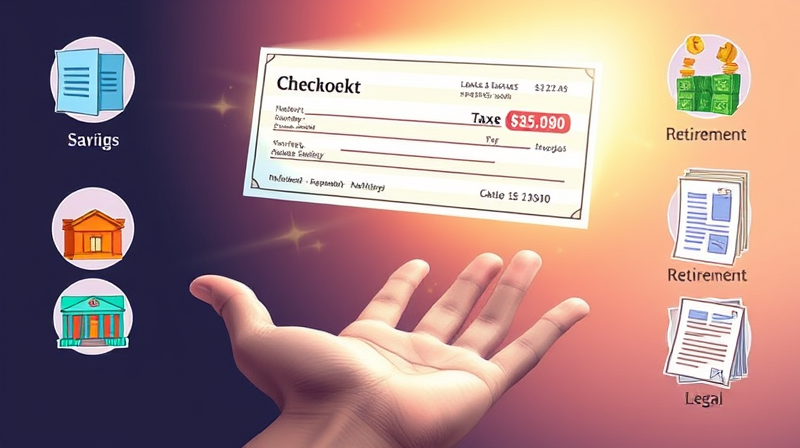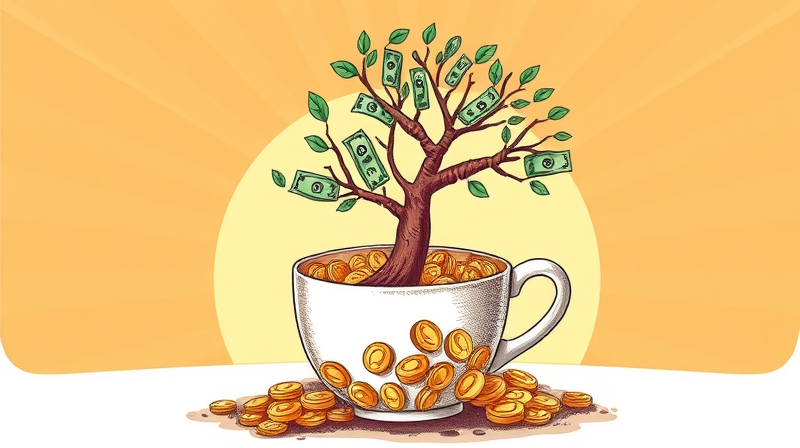
In 2025, the rising cost of living makes intentional money management more critical than ever. Frugal living is not a life of sacrifice, but a journey toward increased freedom, security, and purpose.
By rethinking spending habits and embracing modern strategies, households can save hundreds of dollars each month without feeling deprived.
Frugality often carries a misconception: that living on less means giving up comfort or joy. In reality, it’s a philosophy of prioritizing what truly matters.
When you apply smart, intentional spending aligned with your values, every purchase supports your long-term goals. A shift away from equating spending with happiness liberates you to focus on experiences, relationships, and growth.
Quality over quantity is at the heart of frugal living. By considering cost per use and product longevity, you’ll find that investing in durable goods can lead to greater savings over time.
Creating foundational habits is the fastest path to consistent savings. Start with these meaningful actions:
These simple routines require minimal effort yet produce immediate, noticeable improvements in your bank balance.
In 2025, technology and community-driven platforms make modern frugality more accessible. Digital coupon apps, price-comparison websites, and rebate tools can shave substantial amounts off routine expenses.
Younger generations are leading a decline in “upgrade culture,” choosing to keep devices longer and avoiding annual tech splurges. This shift alone can save hundreds of dollars each year.
Community resources such as tool libraries, buy-nothing groups, and digital skill-sharing networks allow you to borrow, barter, and participate without spending a dime. Embracing these platforms fosters connection while boosting your bottom line.
Data and anecdotes illuminate how diverse frugality can be. Consider these examples:
A couple committed to an extreme frugality experiment, spending just $34 per week on food, utilities, and entertainment. By focusing on basic nutrition and free activities, they spent only $5 on electricity and eliminated water charges entirely through mindful usage.
Meanwhile, Annie Yang, a minimum-wage worker in New York City, relocated to a modest apartment near her job and saved 25% of her income. She consistently put away $400–$450 each month, proving that strategic housing decisions can yield significant results.
Targeting high-impact categories transforms your financial picture rapidly. Start with housing, food, and transportation:
By addressing these pillars, many families achieve $300–$500 in monthly savings within weeks of implementation.
Frugality doesn’t mean sacrificing fun. Numerous activities cost little or nothing while enriching your life:
Small no-spend challenges—like a week of buying only essentials—help reset spending habits and spark creativity in finding joy.
Frugal living in 2025 is an expression of intentionality, not deprivation. Every dollar you save advances your future, strengthens your sense of control, and opens doors to new opportunities.
By adopting strategic habits, leveraging modern tools, and focusing on value over volume, you’ll not only boost your finances but also elevate your quality of life.
Embrace frugality as a pathway to freedom and fulfillment—transform your relationship with money and thrive without giving anything meaningful up.
References













